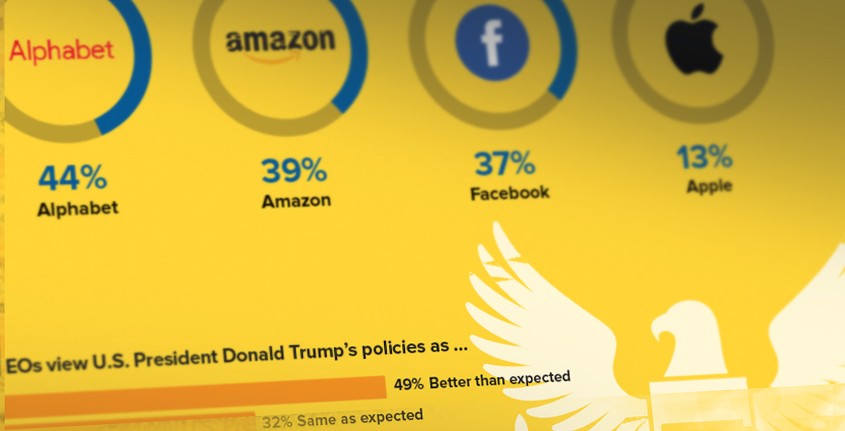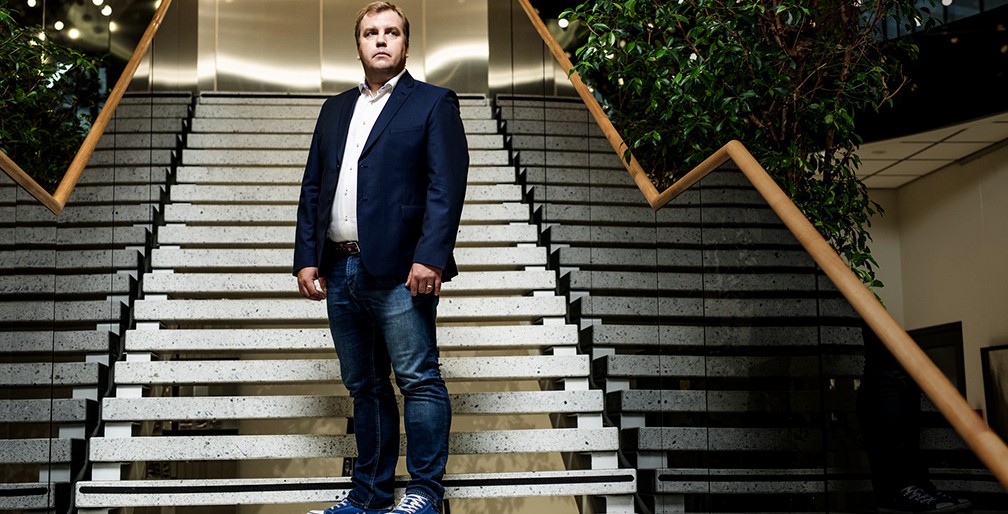The Ticker: Advocating Healthy Phone Habits
It is not every day that a company encourages you to use its product less. Patagonia was a pioneer in this paradox with its environmentally minded “Don’t Buy This Jacket” campaign. Now Apple and Google are placing a new focus on digital wellness.
Smartphone addiction has been growing for years. Scores of studies have shown that these magical rectangles disrupt our focus, diminish mental skills and degrade our personal relationships. And, yet, we cannot fathom our lives without them.
“Imagine combining a mailbox, a newspaper, a TV, a radio, a photo album, a public library and a boisterous party attended by everyone you know,” Nicholas Carr mused in The Wall Street Journal, “and then compressing them all into a single, small, radiant object. That is what a smartphone represents to us. No wonder we can’t take our minds off it.”
All the attention around tech addiction during the past few years has apparently convinced smartphone makers to try to ameliorate some of the damage they have caused. Apple, which has been under pressure from activist investor Jana Partners LLC and the California State Teachers’ Retirement System regarding the impact of excessive phone usage on mental health, unveiled a suite of features in a new version of its mobile operating system earlier this year. They’re part of a “digital health” initiative to help people reduce interruptions and manage screen time. Among other things, the features give users weekly reports on their phone usage, allow them to set time limits for any given app, and make it easier to turn off pop-up notifications. Meanwhile, Google’s new Android system has a dashboard that will help you set limits on your apps, along with a capability to automatically turn your screen gray when you are ready for bed. What irony: Your smartphone is now standing by to help you curb your smartphone usage.
As a potential backlash against the devices now tethered to our hands simmers, tech companies are trying to strike a tricky balance. They want to be sympathetic to users’ frustrations while also churning out a steady stream of new products and features to remain competitive. Apple’s announcement of Screen Time, for instance, was part of a larger presentation of new functions and offerings. Ultimately, users will have to learn to save themselves from the downsides of constant connectivity.



